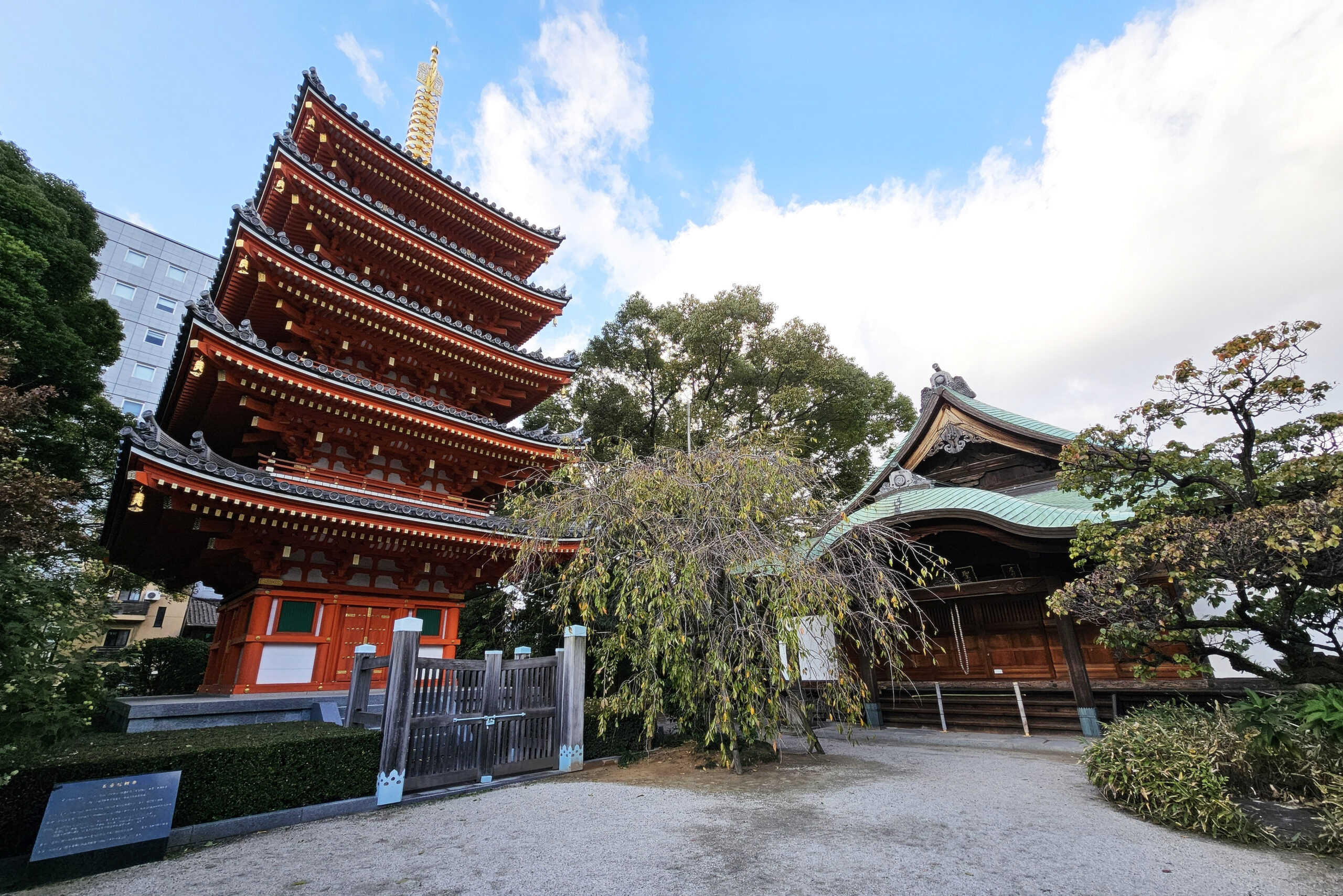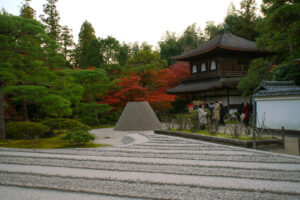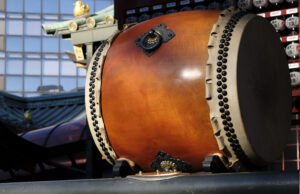Japan, a country known for its remarkable fusion of tradition and modernity, offers a wealth of architectural marvels that spans centuries. Among these, the Tahōtō pagodas stand out as a unique testament to Japan’s rich cultural heritage and architectural ingenuity. These two-storied pagodas, distinct in their design and spiritual significance, invite both the devout and the curious to explore their historical and aesthetic essence. This journey through Japan’s pagoda paradise unveils the architectural wonder, historical depth, and cultural significance of the Tahōtō, providing insights into a tradition that continues to fascinate and inspire. Join us as we delve into the world of Tahōtō: a glimpse into Japan’s unique pagodas.
Exploring Tahōtō: Japan’s Pagoda Paradise
Tahōtō pagodas, a rare but emblematic feature of Japan’s religious landscape, epitomize the country’s architectural prowess and its ability to create harmony between nature and craftsmanship. Scattered across Japan, from the mist-covered hills of Koyasan to the serene precincts of Itsukushima Shrine, these pagodas are more than just structures; they are a journey into the heart of Japanese spirituality and art. Each Tahōtō tells a story, offering a serene space where history seems to stand still, inviting visitors to experience a moment of tranquility and reflection. Exploring these pagodas, one cannot help but be captivated by the meticulous attention to detail and the profound sense of peace that pervades these sacred sites.
The Architectural Wonder of Tahōtō Pagodas
The architectural design of Tahōtō pagodas is a testament to Japan’s mastery of aesthetic expression and structural innovation. Characterized by a two-storied body with a unique combination of square and circular forms, these pagodas embody a sophistication that challenges the conventions of traditional Buddhist architecture. The first floor, rooted in the earth, is typically square, symbolizing the material world, while the second, circular and ethereal, represents the realm of enlightenment. This blend of shapes not only showcases the ingenuity of Japanese craftsmen but also reflects the underlying philosophical principles that guide Buddhist thought.
Tahōtō: Where History and Harmony Meet
The origins of Tahōtō pagodas can be traced back to the Heian period, a time when Buddhism, along with its artistic and architectural expressions, was flourishing in Japan. These structures were initially built as monuments to house sacred relics and scriptures, serving both as places of worship and as symbols of the Buddhist cosmos. Over the centuries, the significance of Tahōtō has evolved, yet they continue to stand as serene waypoints on Japan’s spiritual landscape, embodying the timeless quest for harmony and enlightenment. Their enduring presence is a testimony to the deep historical roots and the unbroken continuity of Buddhist practice in Japan.
The Unique Design of Tahōtō Pagodas Unveiled
The design of Tahōtō pagodas is not only unique but also laden with symbolic meaning. The intricate carvings and ornamental features that adorn these structures are rich in symbolism, drawing from Buddhist teachings and cosmology. The most striking feature, the transition from a square base to a circular upper section, exemplifies the Buddhist path from the earthly to the divine. Moreover, the presence of numerous deity figures and mandalas within the pagoda’s interior serves as a visual guide to enlightenment, making the architecture of Tahōtō a three-dimensional scripture, written in wood and stone.
A Journey Through Time: The Origin of Tahōtō
The concept of the Tahōtō pagoda is believed to have originated from ancient Indian stupa architecture, which was introduced to Japan through China and Korea along with the spread of Buddhism. The adaptation and evolution of this architectural form in Japan resulted in the unique Tahōtō style, which emerged as a distinctive element of Japanese Buddhist architecture during the Heian period. This period of cultural blossoming saw the fusion of imported ideas with indigenous Japanese aesthetics, giving rise to structures that were not only places of worship but also embodiments of the period’s artistic and architectural innovations.
Symbolism Behind the Structure of Tahōtō Pagodas
Beneath the architectural beauty of Tahōtō pagodas lies a deep layer of symbolism that reflects Buddhist teachings. The square base represents the earth, the human realm of suffering and delusion, while the circular second story symbolizes the attainment of enlightenment, transcending the physical to reach the spiritual. The intricate details that embellish these pagodas, from the placement of windows to the carvings of deities, are imbued with meaning, serving as a reminder of the interconnectedness of all things and the path to enlightenment. Through their structure and symbolism, Tahōtō pagodas offer a holistic representation of the Buddhist universe, inviting reflection and contemplation.
Distinct Features That Set Tahōtō Apart
What sets Tahōtō pagodas apart from other Buddhist structures is not just their architectural form but also their rarity and the specificity of their locations. Unlike the more common single-storied pagodas, Tahōtō are relatively rare and are usually found within the precincts of Shingon and Tendai sect temples. Their strategic placement within temple grounds, often at the end of a series of gates and hallways, underscores their significance as repositories of sacred relics and as focal points for meditation and worship. The fusion of architectural styles, combined with their spiritual functions, make Tahōtō pagodas a fascinating subject for both devotees and scholars alike.
Exploring the Cultural Significance of Tahōtō
The cultural significance of Tahōtō pagodas extends beyond their religious function; they are a living heritage that continues to inspire and influence Japanese culture. These structures epitomize the values of harmony, balance, and the pursuit of spiritual enlightenment that are central to Japanese aesthetics. They also serve as a bridge between the past and the present, reminding us of the enduring nature of cultural traditions and the ways in which these traditions continue to shape society. As symbols of national identity and cultural continuity, Tahōtō pagodas are cherished not only for their historical value but also for their role in contemporary Japanese life.
The Artistry of Tahōtō: A Closer Look
The artistry of Tahōtō pagodas is evident in every aspect of their design, from the elegantly curved roofs to the intricately carved balustrades. The craftsmanship required to create these structures is a testament to the skills of the artisans who built them, passing down techniques from one generation to the next. The attention to detail and the aesthetic sensibility that guide the construction of Tahōtō reflect a deep understanding of beauty and its importance in the spiritual life. By appreciating the artistry of these pagodas, we gain insight into the cultural and spiritual values that have shaped Japanese society for centuries.
Preserving Tahōtō: Efforts and Challenges
Preserving the Tahōtō pagodas is of paramount importance, not only to maintain their physical integrity but also to safeguard their cultural and spiritual significance. Over the years, these pagodas have faced numerous challenges, from natural disasters to the effects of aging and neglect. Efforts to restore and protect these structures involve a combination of traditional craftsmanship and modern technology, ensuring that they continue to stand as symbols of Japan’s cultural heritage. The preservation of Tahōtō pagodas is a collaborative endeavor that requires the support of communities, governments, and international organizations, highlighting the universal value of cultural heritage and the need for its protection.
Visiting Tahōtō: Tips for the Modern Traveler
For the modern traveler seeking to explore the world of Tahōtō pagodas, a few tips can enhance the experience. Respect for the sacred nature of these sites is paramount; visitors should observe local customs and practices, such as removing shoes before entering certain areas. Engaging with local guides or participating in temple stays can provide deeper insights into the history and significance of Tahōtō pagodas. Additionally, exploring these structures in different seasons can offer unique perspectives, from the cherry blossoms of spring to the fiery maples of autumn. By approaching these visits with an open mind and a respectful heart, travelers can fully appreciate the beauty and tranquility of Tahōtō pagodas.
Tahōtō and Its Place in Contemporary Japan
In contemporary Japan, Tahōtō pagodas continue to hold a special place, serving as beacons of cultural identity and spiritual reflection amidst the rapid pace of modern life. These structures remind us of the enduring values and aesthetic sensibilities that have shaped Japanese culture for centuries. As Japan continues to navigate the challenges of the 21st century, the Tahōtō pagodas stand as symbols of resilience, harmony, and the pursuit of enlightenment. Their presence enriches the cultural landscape of Japan, bridging the past and the future, and inspiring generations to come.
Exploring the world of Tahōtō pagodas offers a journey through time, art, and spirituality, revealing the depth and richness of Japan’s cultural heritage. These unique structures, with their intricate designs and profound symbolism, invite us to reflect on the values of harmony, balance, and enlightenment that resonate throughout Japanese history. As we continue to admire and preserve these architectural wonders, we ensure that the legacy of Tahōtō pagodas remains a vibrant and inspiring part of Japan’s cultural identity. Whether as sites of pilgrimage, subjects of study, or sources of inspiration, Tahōtō pagodas will undoubtedly continue to captivate and enlighten all who seek to explore Japan’s pagoda paradise.








